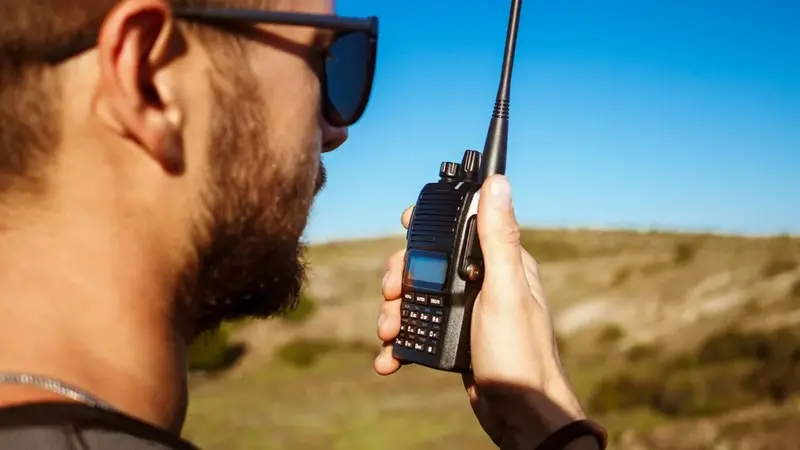If you want to live off the grid and a low-key life, consider getting a satellite phone to help you communicate with the outside world in an emergency. These phones pick up signals from satellites orbiting the globe and deliver them to a ground station, where people perceive them.
There are three types of satellites:
- low-earth orbit,
- Medium-earth orbit, and
- Geostationary orbit.
Satellites are positioned at different altitudes for signal transmission. When speaking, the walkie-talkie converts your voice into digital signals and transmits them to the nearest satellite. The technical considerations depend on the range, latency, coverage, and power requirements.
Below is a guide showing how satellite networks support a satellite walkie talkie
Ways Satellite Networks Support Satellite a Walkie Talkie?
1. Components of Satellite Networks
Low-earth-orbit satellites are positioned between 160 and 2000 kilometers from Earth. This closeness to Earth gives you low-latency communication, which is ideal for handheld devices. Medium-earth-orbit satellites are placed at altitudes of up to 35000 kilometers to provide a balanced signal delay and coverage area.
The geostationary orbit satellites are approximately positioned at around 35786 kilometers altitude. They remain stationary on the Earth’s surface, providing consistent coverage with a high latency.
2. How a Satellite Walkie-Talkie Works
When you speak to a satellite phone, the device transforms your voice into virtual signals. You can transfer these signals from your radio to the closest satellite. This process requires a clear line of sight since obstacles could hinder effective communication.
When the satellite receives these signals, it amplifies them. The system can relay these signals to another satellite if the recipient is not on the same one, depending on the network configuration and satellite type. To enhance continuous coverage, satellites work together as they orbit the Earth and convey information effectively.
A satellite receives signals and transfers them to the nearest ground station. The ground station receives signals, processes them, and provides the best delivery route. If the receiver operates on a terrestrial network, the signal is directed to the appropriate network.
3. What are the Technical Considerations?
A satellite walkie-talkie operates on frequency bands such as S-band (2-4 GHz) or L-band (1-2 GHz), which affect penetration capabilities, communication range and signal strength. The distance between the satellite and the Earth can cause a delay in signal transmission. GEO satellites have a higher latency than LEO satellites because they are far from Earth.
LEO satellites use numerous satellites to provide global coverage, guaranteeing effective communication as they move to Earth. GEO satellites are fixed and have a large coverage, which is suitable for slow-moving users. Satellites, built to withstand various conditions, still face challenges when exposed to specific terrains.
Conclusion
Despite your current location, communication is vital for human survival. Satellite walkie-talkie technology has made communication easy by utilizing the satellites that roam around the globe. When choosing such a phone, consider the frequency band, latency, and coverage.




